Interviews
Jordu Schell interview
March 15, 2012
A look at Jordu Schell’s resume reads like a monster movie fan’s dream, having worked on films such as Starship Troopers, Bride of Re-Animator, Guyver, Predator 2, Puppet Master 2, Galaxy Quest, Planet of the Apes, Hulk, Dawn of the Dead, Hellboy, 300, The Mist, Aliens vs Predator: Requiem, Cloverfield, Prince Caspian, Dragonball, and James Cameron’s Avatar, among many other countless films you’ve likely seen. Some of his character and creature work resides in the collections of Stephen Spielberg, Rick Baker, and Richard Taylor to name only a few. Don’t hate him because he is talented and wonderful, learn from him because of it.
This interview was transcribed from a video interview we conducted with Jordu after a workshop demo, the sound quality was terrible so it’s been copied into a written format, can’t let all of this Jordu wisdom go to waste because of wind, planes, and crummy microphones!
Jordu, Tell me about your background? How did you begin your journey?
JS: My primary influences were Sat afternoon television, creature double feature matinees stuff like that. And when I was very young my mother used to read Greek mythology to me as a way of keeping me occupied. My imagination was always really on fire thinking about what the monsters in the books she was reading to me looked like, and having a healthy dose of monster movie stuff when I was growing up in the 70s and the fascination with the macabre and myth-making … stuff like that.
What was the turning point from hobby to career choice?
JS: Well, it’s just something I’ve always done. I think that true artists are always creating and so it’s hard to say where it became something I was taking seriously as a career path, but I suppose probably around the time I was 12 or 13, there was the influence of Fangoria magazine and I remember seeing An American Werewolf in London in the theatre. And just being really galvanized wanting really badly to be a part of making monsters for the movies it just seemed so exciting to me.
You mentioned that you had been drawn to acting and that if things had gone a different direction that’s something you may have pursued. Is that something that comes through in your art?
JS: Well I think that it has informed a lot of my decisions in terms of character, I think that I’m probably particularly good at it because of my interest in acting and doing characters, I went to a performing arts high school and I majored not in art, but drama. So I was very interested in acting as kind of competing passion with fantasy art and creature design. So I would say that it has certainly informed a lot of my decisions and ability to create.
You mentioned drawing drama out of sculpture without expression and sometimes consider that using expression to define the character can be a cheat, what’s the distinction between a character that is pure of form as opposed to being one-dimensional?
JS: I guess that’s a tough question to answer, generally when I’m creating busts, I try to infuse it with a sense of character whether they’re making an expression or not, and an individuality. I think that I tend to do more characters that are actually expressive. When I do maquettes, mini sculptures of full bodied characters, then it feels more like you’re trying to capture a moment of movement and action and attitude where as in a face I might turn the head slightly, but generally, I don’t know if it’s my roots in mask making or what. I usually don’t make something that has really extreme expression.
Your design process, do you have ideas already in place or sketch something out to begin?
JS: I’m primarily a designer in clay, so I think I’m usually more attracted to creating the character in three dimensions, real three dimensions. I love to draw as well, but I somehow feel that in my work I am a lot stronger sculpturally than I am as a draftsman. With demonstration I don’t yet know what the character will be, I just kind of start pushing the clay around and see what direction it moves me. Obviously when I’m doing work for film or a client I of course have to have a very specific idea of what it is I’m doing.
Where do your ideas for your personal projects come from?
JS: Everywhere. Everywhere I look and go. I think one of the reasons I chose fantasy art over acting is that I realized at one point I was looking at the world through the eyes of a fantasy artist and not the eyes of an actor. And everything you see, the plants, faces, whatever it is, I see through the eyes of a fantasy artist and I think about ways in which I can move that into my artwork.
At your studio, are your students greatly from a traditional or now digital interest?
JS: My students are everyone; I’ve got a very wide cross section of different types that take my class. There are retirees, kids, people who are doing digital work who want to get into the more tactile art of sculpture, there are those in the visual effects industry that want to sharpen their skills as a sculptor, there are people that are interested in just fantasy art in general. So there’s a very wide swath of types that it covers.
Through your teaching experience, how do you know if someone has “got it” and if they don’t can that be taught?
JS: Well it’s hard to say. The things that make an artist eye catching in my opinion are originality, and a very strong sense of how to replicate the natural world. When you bring originality together and someone who appears to have the ability to extrapolate from nature and mix and match and combine it to create something that hasn’t really been done before, then you have someone that I find to be an exciting artist.
What’s the most common mistake that you see sculpture students make?
JS: Flatness, the seeming inability to bring out the features, to pull them out and to make them really undulate and just be 3D, a lot of people just seem to draw in the clay and they do a lot of pinching forms instead of building a very solid skull structure. And they don’t tend to rotate the piece often enough and really look at it from all angles; you know I guess those are the most common mistakes.
It’s not actually an inability, its just people who are not used to creating three dimensional items, and granted it takes a very long time to learn how to simulate nature to an effect of enough degree that most people are fooled by it, it took me many years.
Do you want to talk about the classes you offer?
JS: The classes that I teach are taught in my work studio so students get a first hand look at how the things that I’m working on are progressing, they learn a lot by osmosis, being there, seeing the molding process, that sort of thing. I specifically cover mask making, I cover maquettes, illustration, Photoshop, painting, we try to cram an awful lot into a five-week class. They are held once a week, for an entire work day. I’ve gotten almost unanimously favorable reviews of the class. There was a student once who expressed he was hoping for more “tricks and tips” and I had to explain to him that this work is not based on a trick and it’s not based on a tip… its working, and practice and practice and practice and working and practice. I was a little offended by that, as if I went to some secret store, bought talent off the shelf, drank it all and started working. Its not a bunch of tricks and tips, I give you the tools to do what you need to do this work but it’s up to the person what they do with the tools and how often they use them. It’s like flexing a muscle.
What fascinates you and keeps you motivated?
Other artists, the work of other artists whether I see it in a film or a student, a magazine, book. The work of other artists is the only thing that keeps me interested in creating. I know a few artists who don’t like looking at the work of other artists because they don’t want to be influenced by them, they don’t want other artists to see what their doing….. I reject that and that repels me, that attitude. I think it’s arrogant and I think it’s extremely facile and absurd. The only way we can grow as artists is by looking at other artists, that’s it; it’s the only thing there is. And by getting the feedback and criticism, you know.
What would you like people to understand from your methods?
Well I hope that those who study from my demos understand that it is form and not detail that make sculpture, that’s the most important thing. Form, not every little wrinkle and pore, all that stuff. These aren’t the things that will make a sculpture, it’s when you can stand back and look at a character and feel it’s power, you don’t get that from the fine details, you get that from the overall form.
Check out Jordu on Sketch Theatre here
Check out more about Jordu’s studio classes here

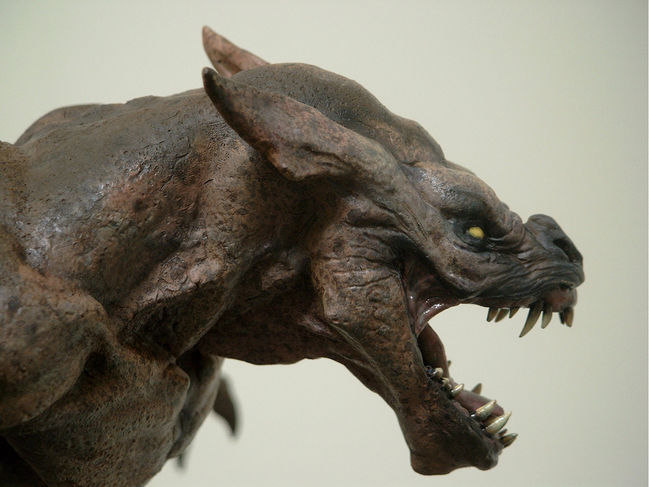
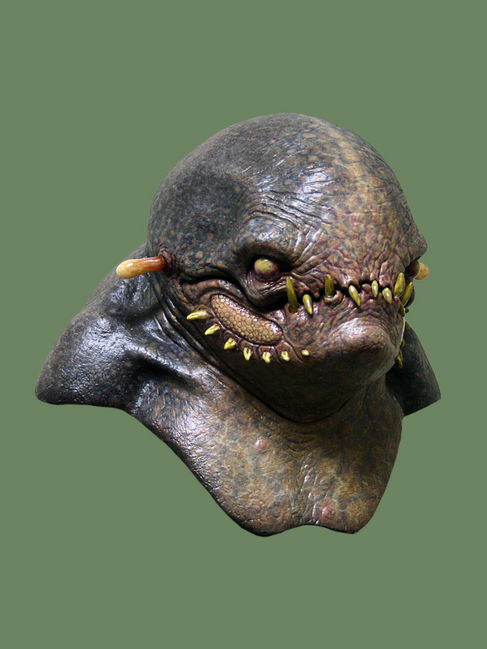
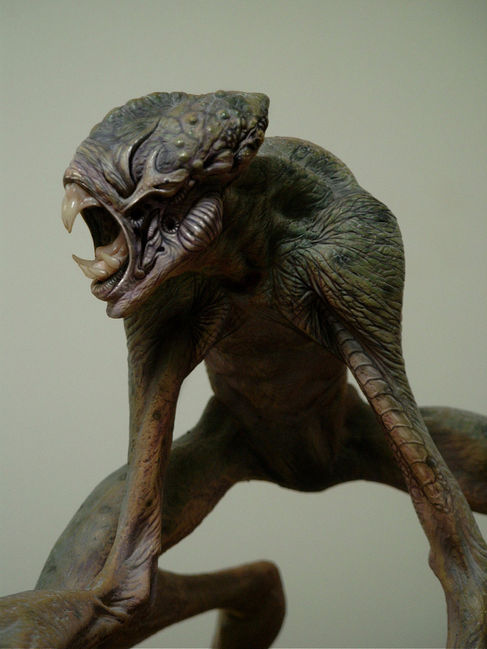
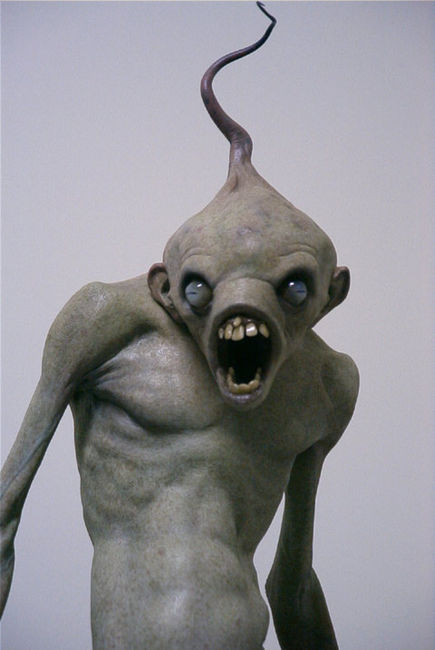
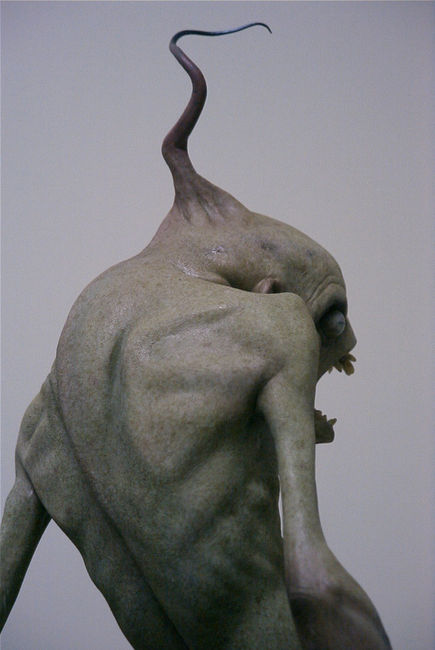
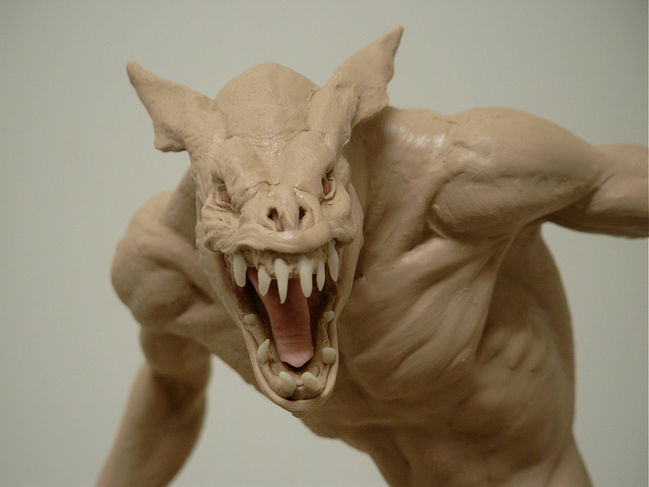
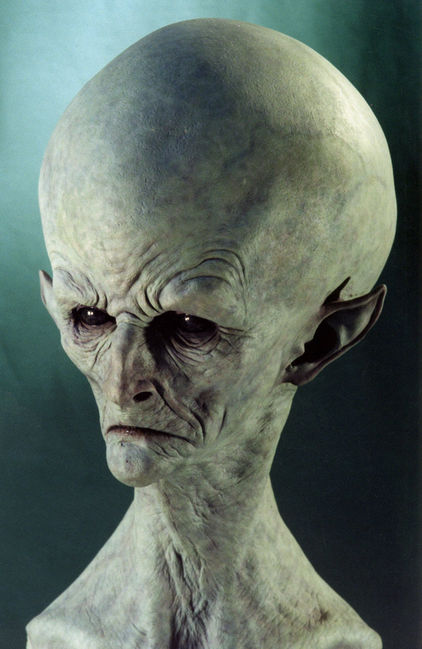
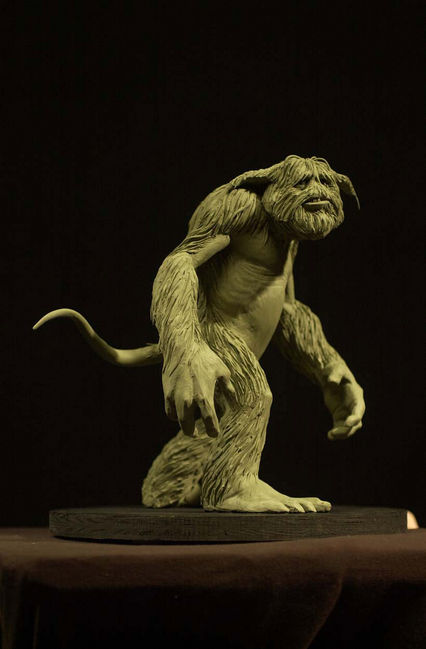
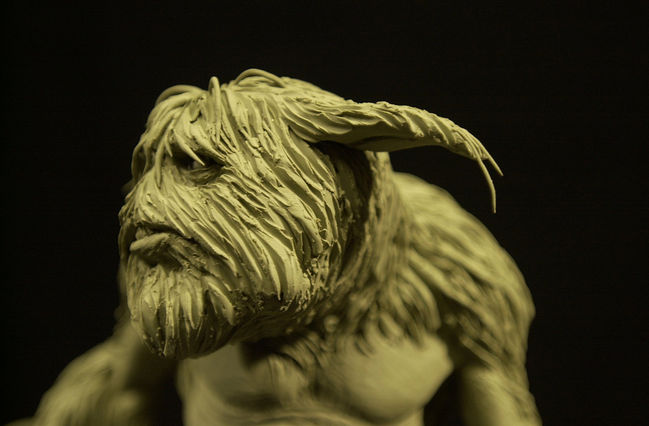
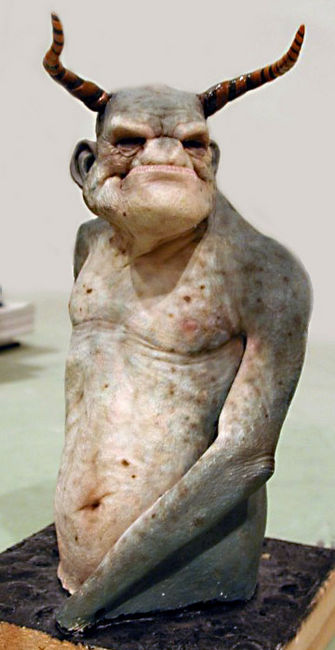
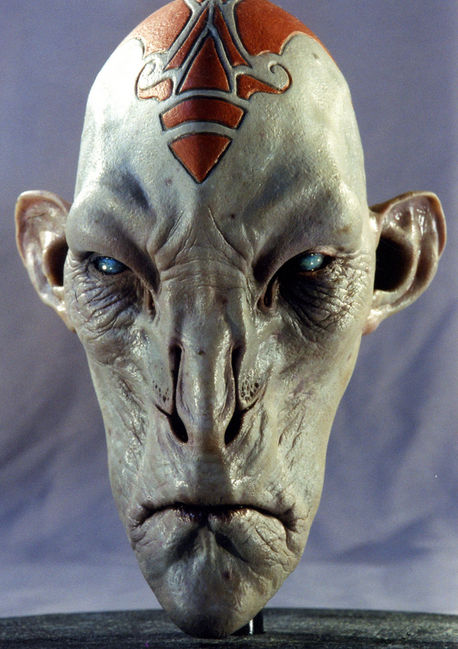



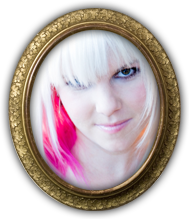


May 4th, 2012
[…] via monsterbrains, sketchtheatre, gallerynucleus, schellstudio, […]
May 4th, 2012
[…] via monsterbrains, sketchtheatre, gallerynucleus, schellstudio, […]
May 28th, 2012
[…] the full interview here. Like this:LikeBe the first to like this […]
October 3rd, 2013
I really think your work is awesome!!! Keep it up